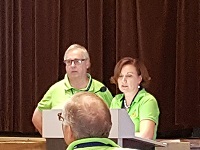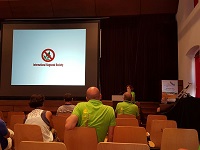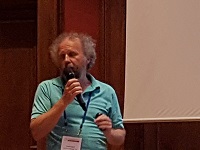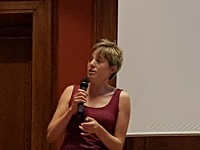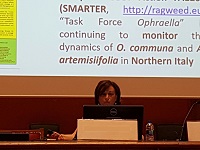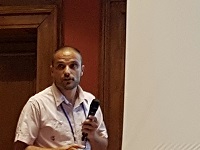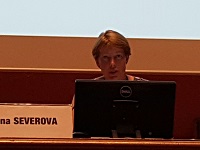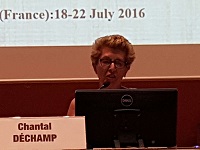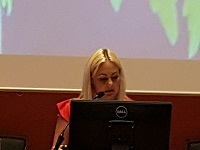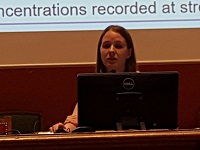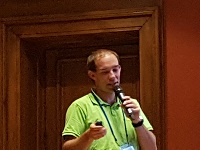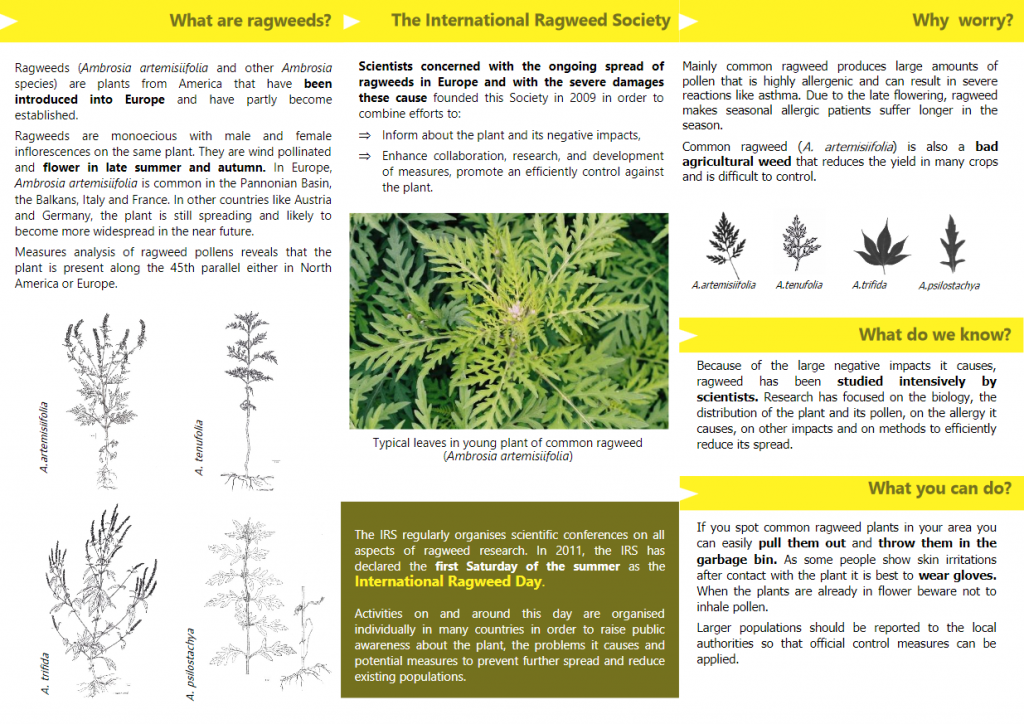PhD studentship in aerobiology
The University of Worcester offers a number of research studentships each year. These are usually three-year, full-time doctoral research studentships. On project is on fungal spores while the second is on grass. Both projects involves traditional aerobiological methods using Burkard traps but also genomic approaches and drone technology.
The titles are:
– “Aerobiology: Detecting spatial and vertical concentrations of fungal spores in the atmosphere using bioinformatics and drone technology”
– ” Aerobiology: Phenology of grass flowering at the species level”
The projects are announced here: http://www.worcester.ac.uk/discover/phd-studentships.html
